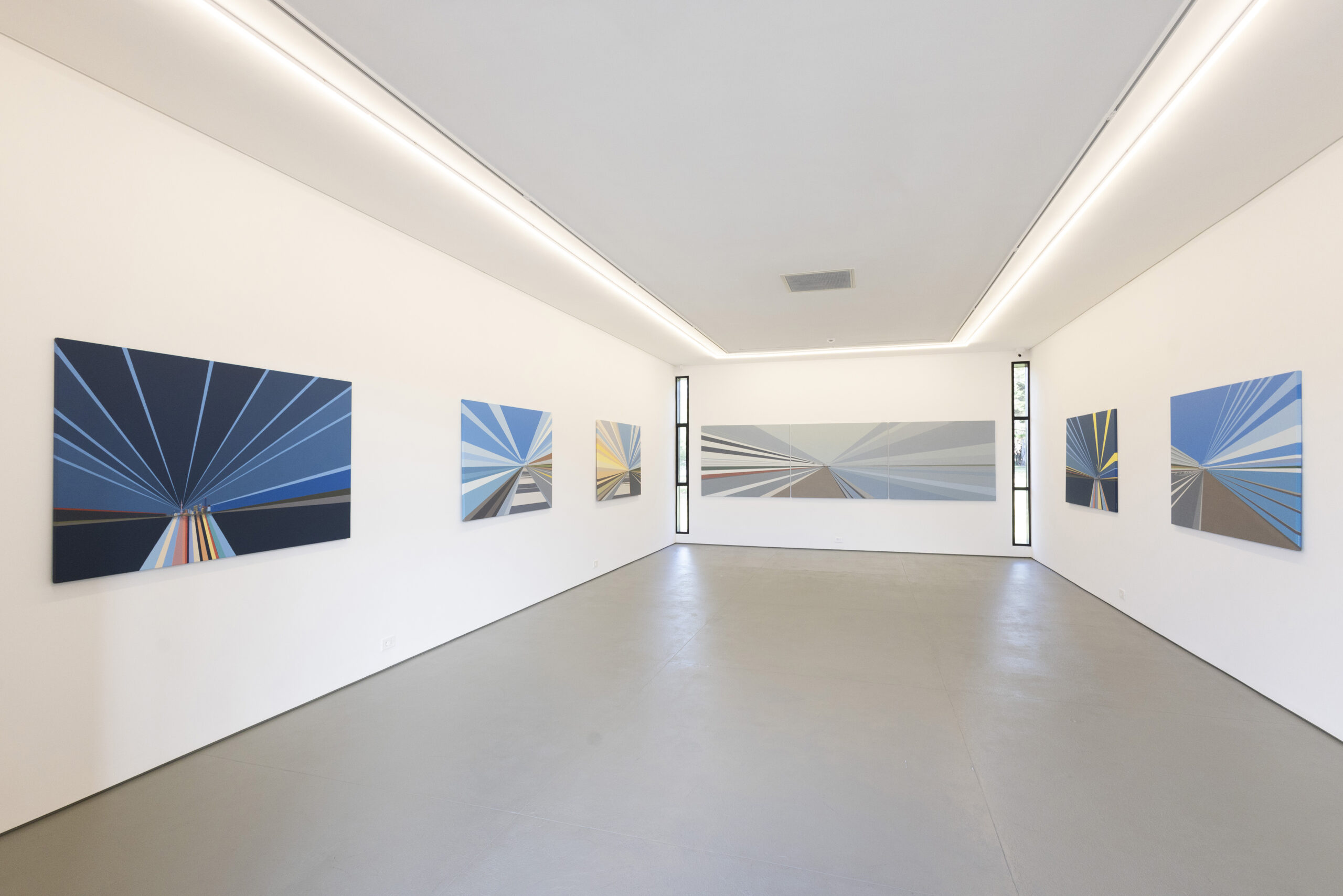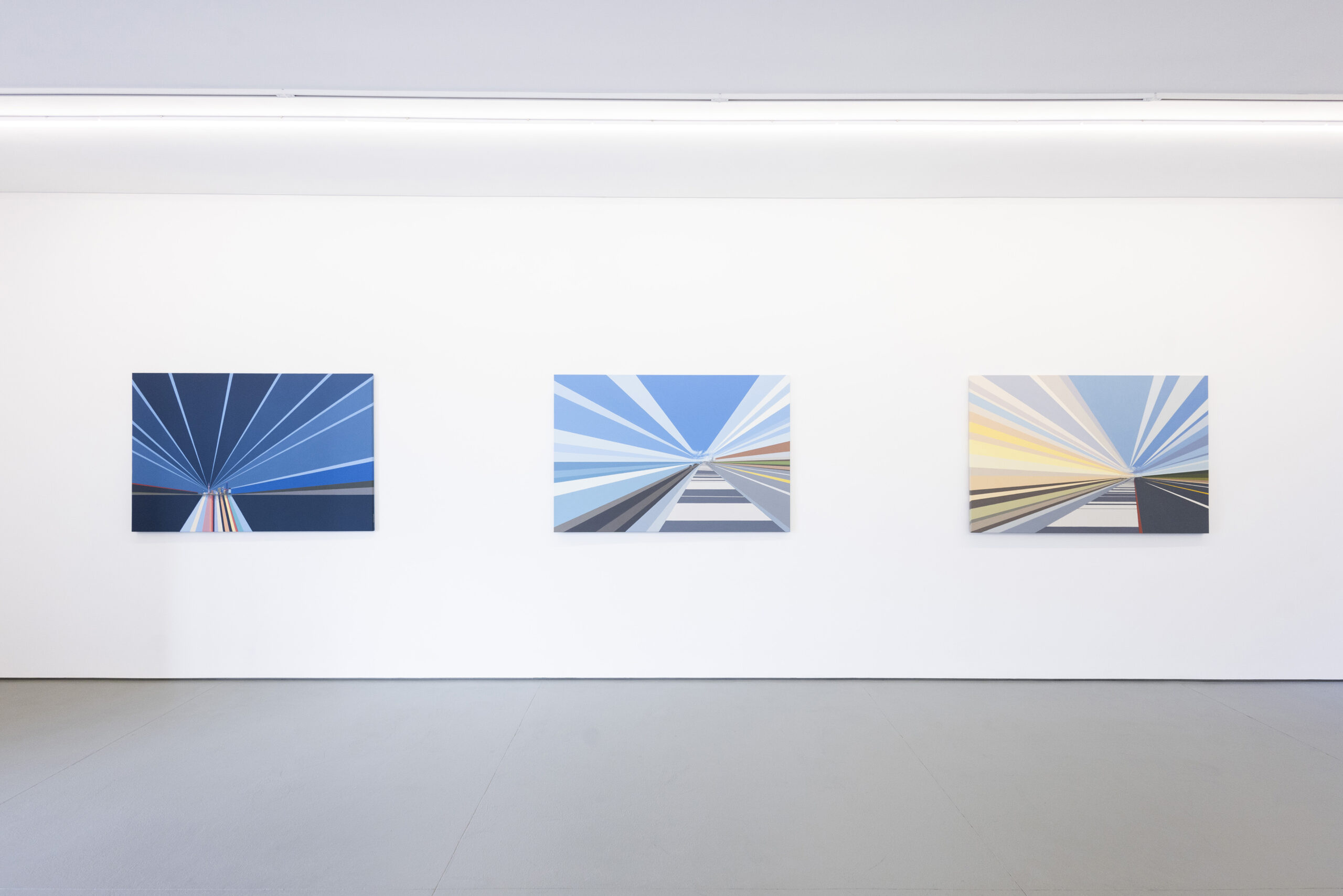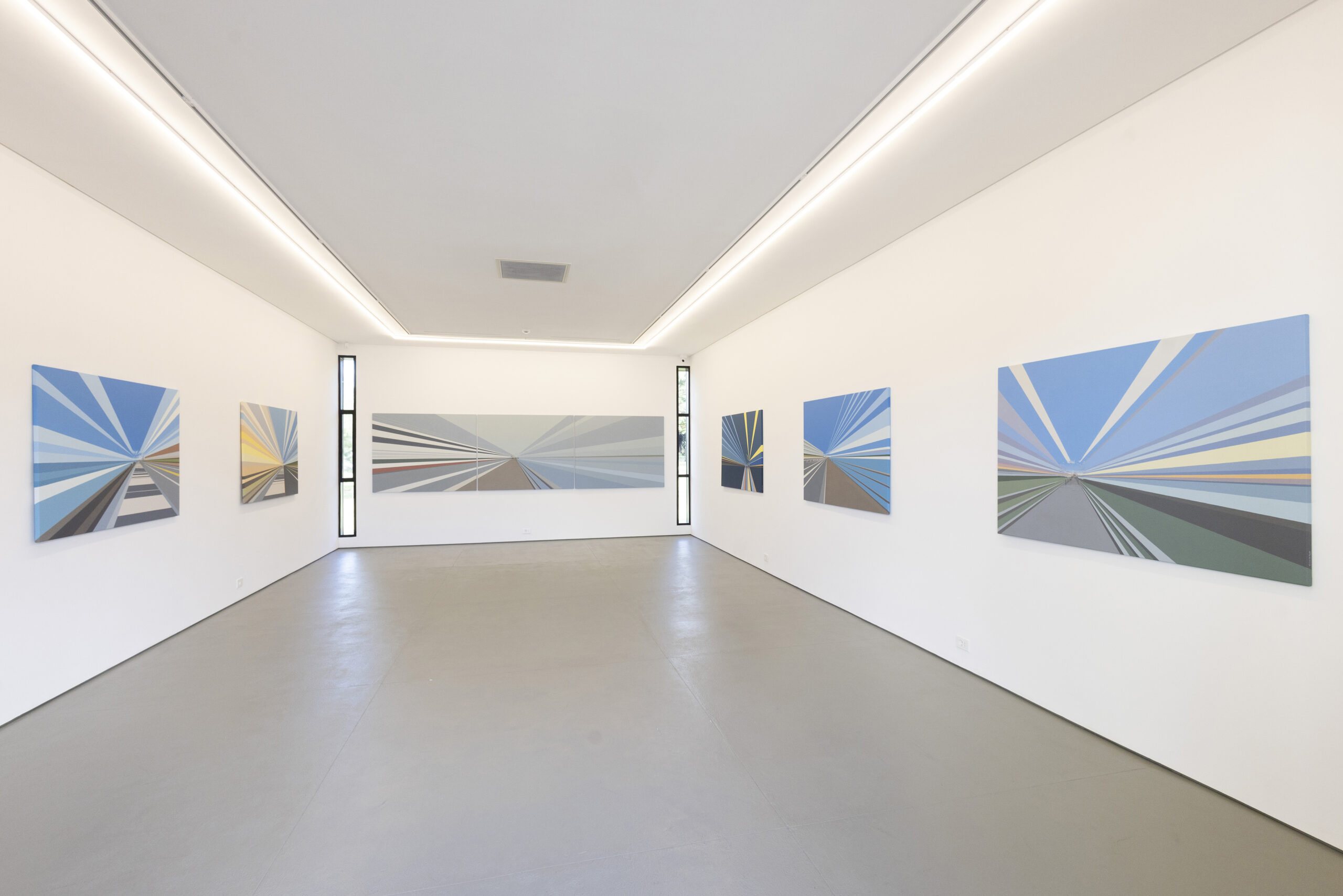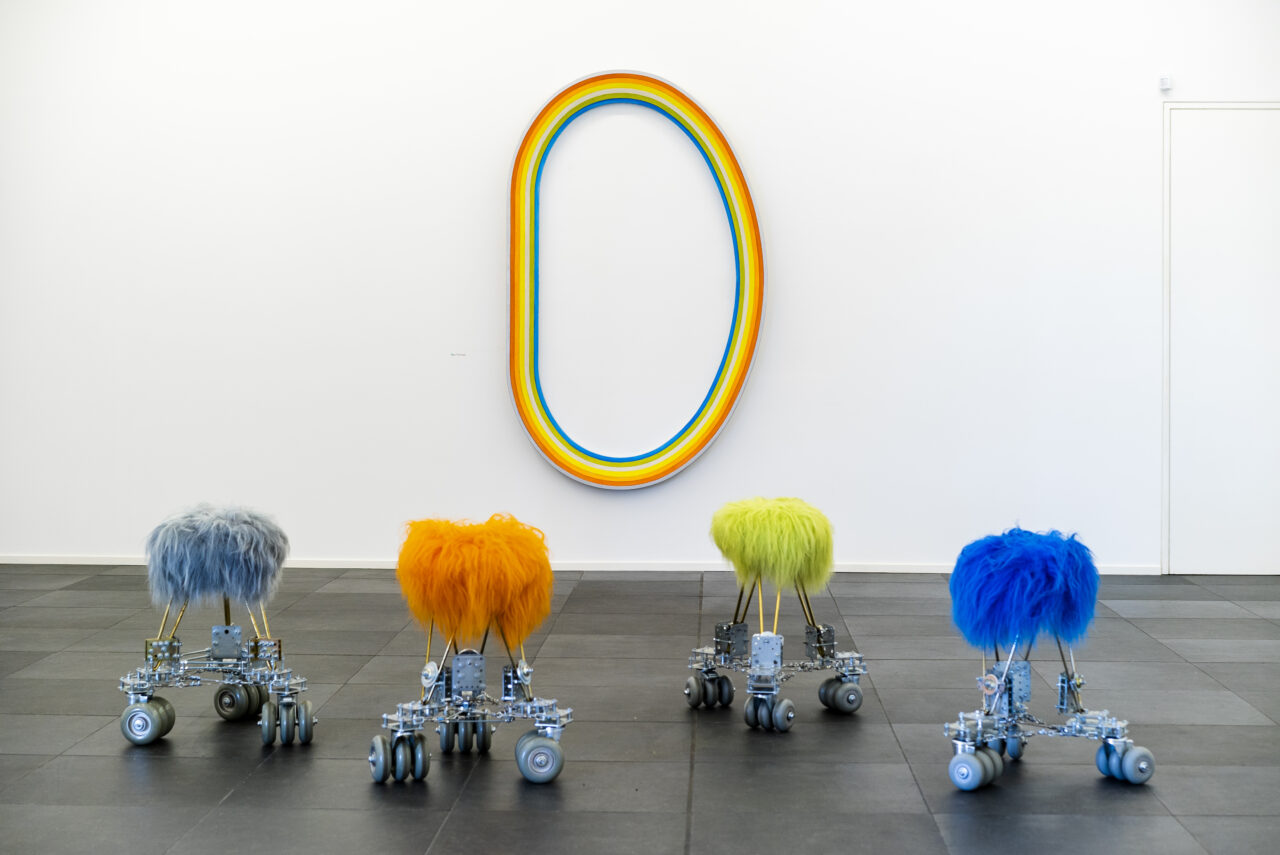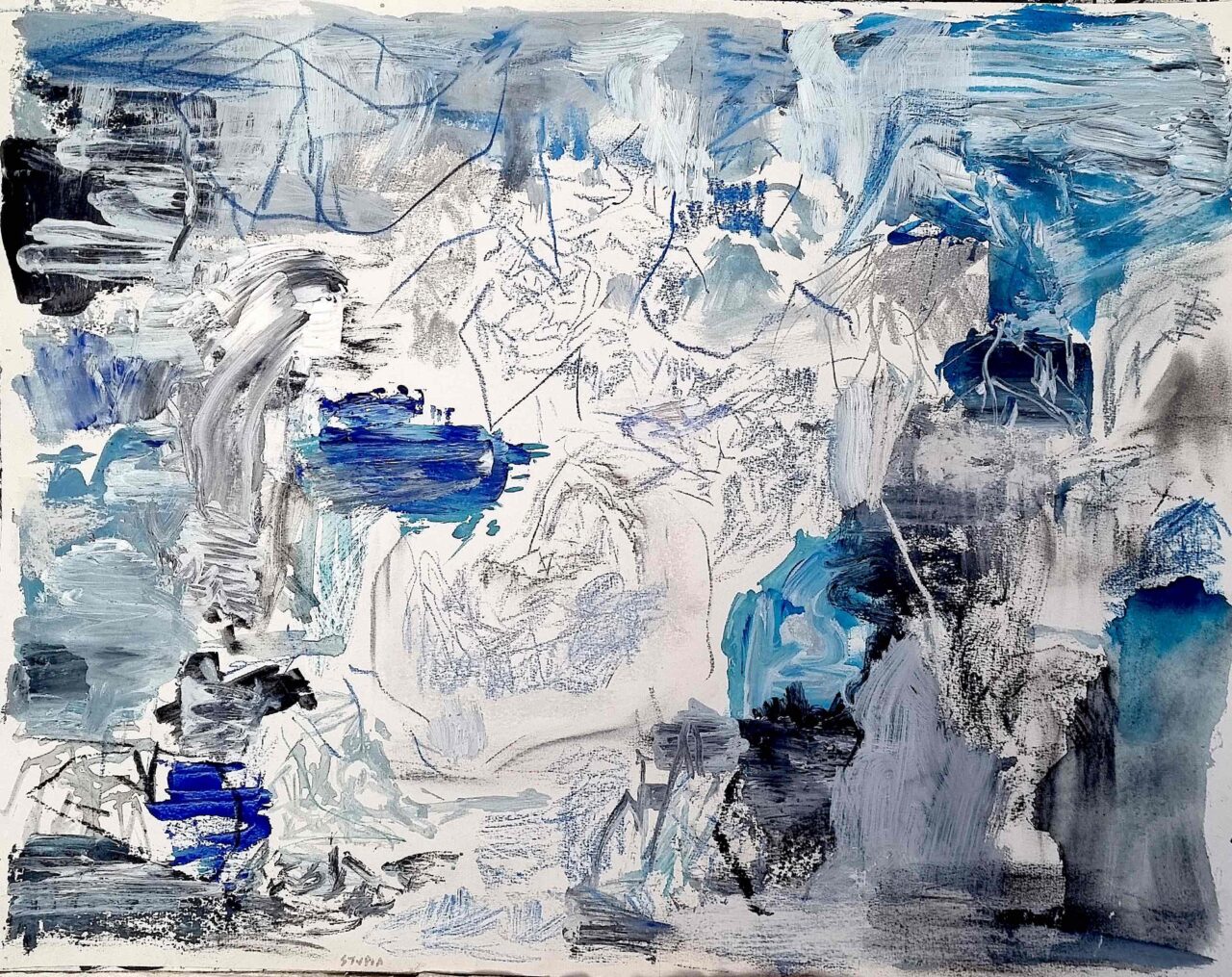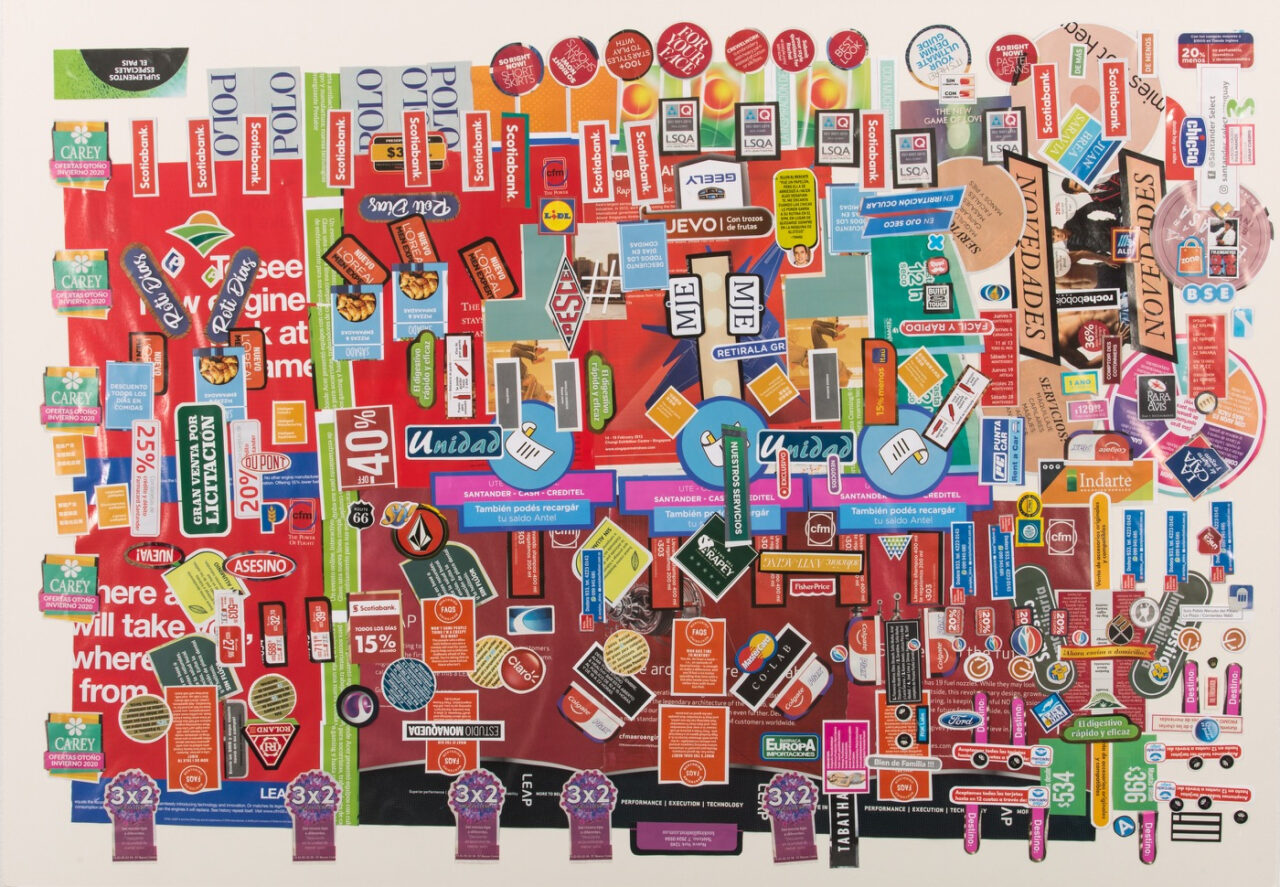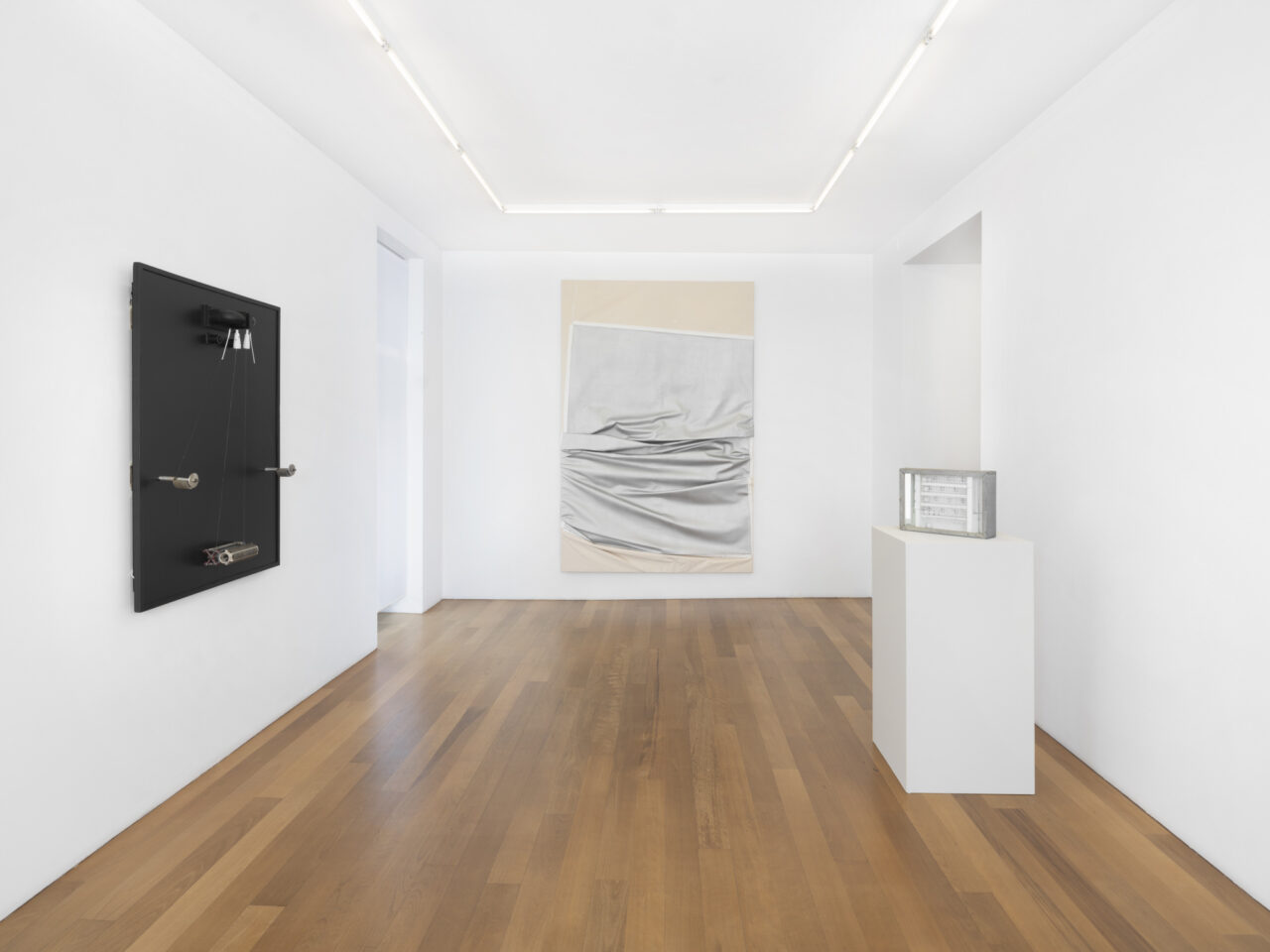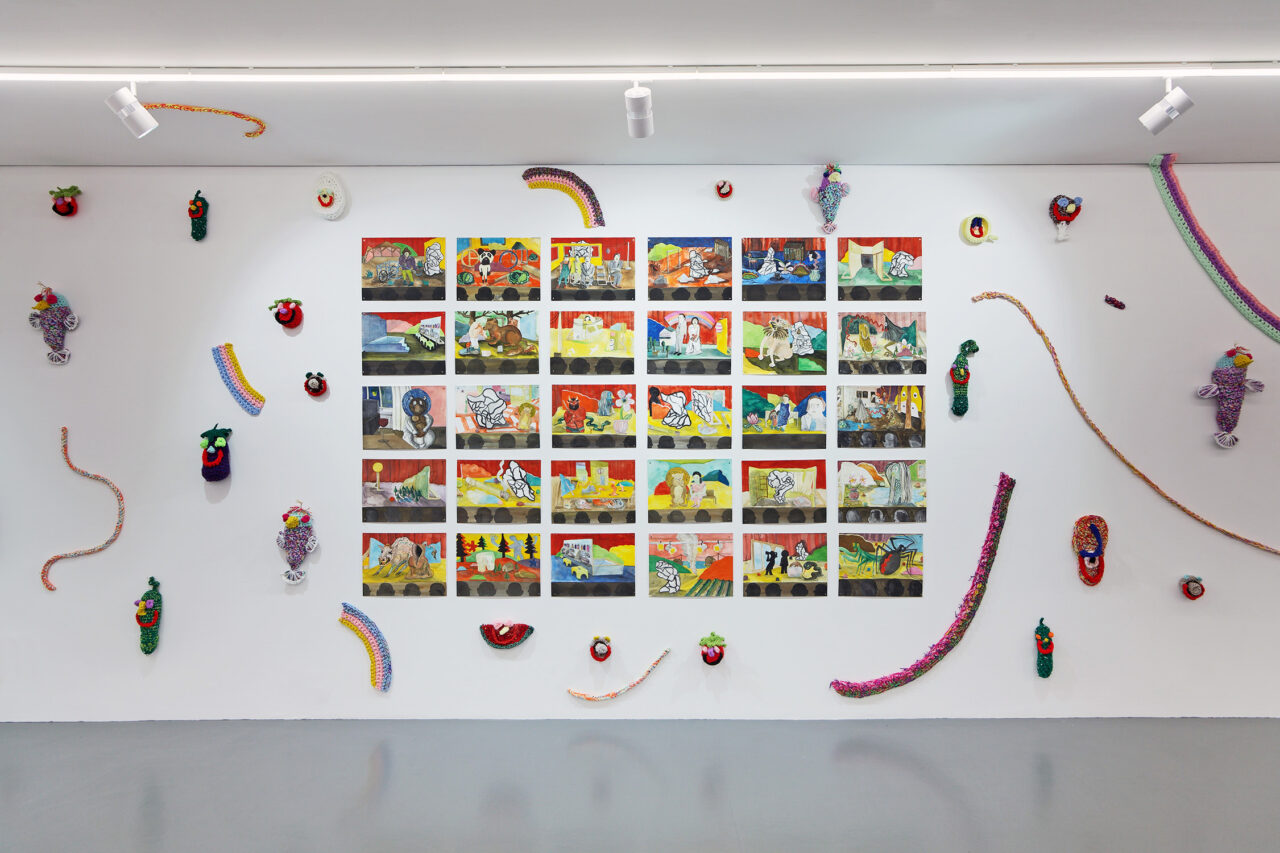Carolina Fontana – Z∙E∙N – The landscapes of absence
Carolina Fontana
Z∙E∙N – The landscapes of absence
09.03.25 → 03.05.25
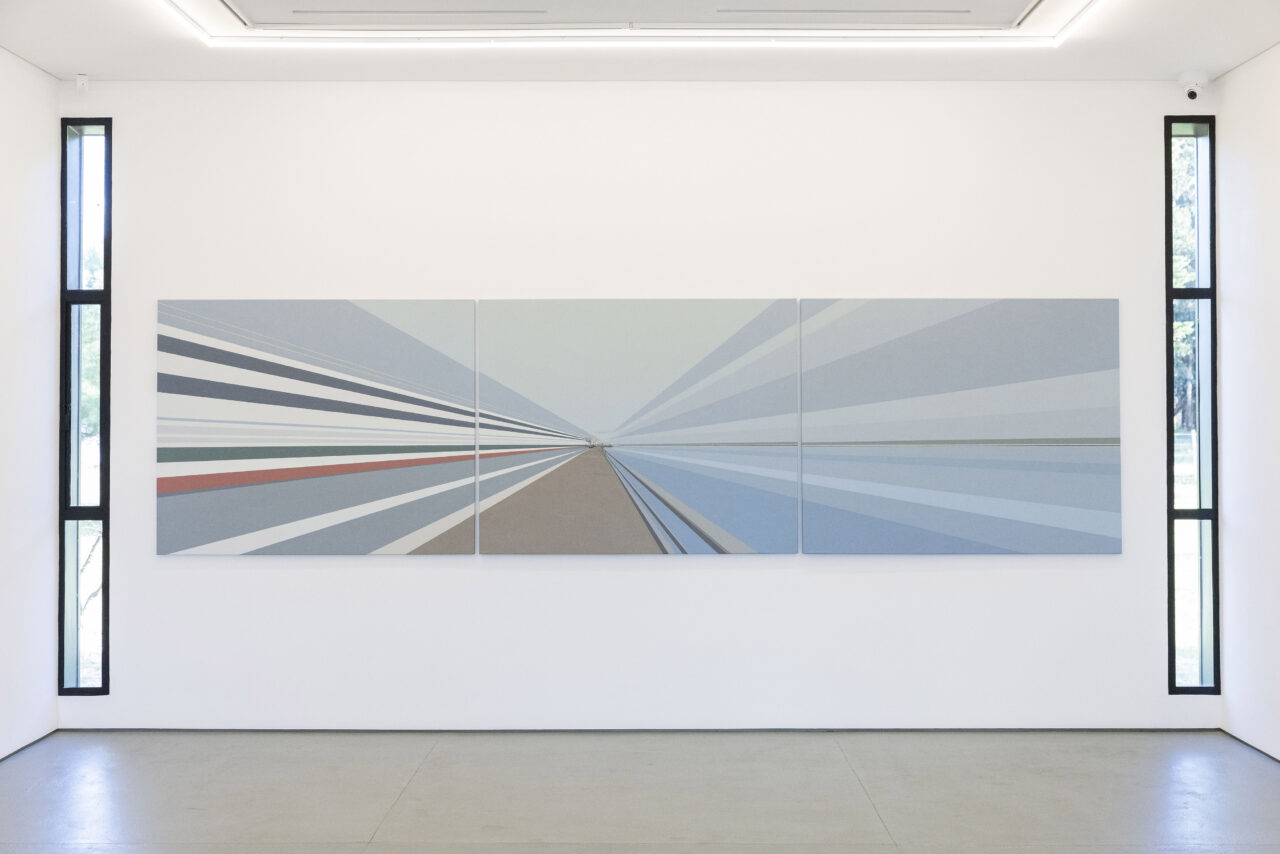
Opening on Sunday March 9, 2025 from 6pm
Xippas Punta del Este presents, in its new space in Manantiales, Z∙E∙N, the first solo exhibition of Carolina Fontana at the gallery. In this project, the artist presents her most recent painting work, generically titled Z∙E∙N. These works originated after two trips (Shanghai and Girona) that Fontana made between 2019 and 2021, that is, at the beginning and during the Covid epidemic.
Notes on the Recent Work of Carolina Fontana
“A Zen monk must lack a fixed dwelling, like the clouds, and a firm support, like water.” — Eihei Dogen, Shobogenzo
In Western thought (from Aristotle to Heidegger), the idea of essence, what is invariable, immutable, and perennial in something and therefore constitutes its nature, is associated with the image of the house and home. In this sense, essence is what persists and what resists change.
In East Asian culture, existence is the non-essence and is related to walking, to not inhabiting. The quote from Zen Buddhism master Dogen forms his fundamental teaching: to dwell in no place.
Philosopher Byung-Chul Han explains that in the East, “the difference between being and path, between dwelling and walking, between essence and absence, is decisive.” In summary, in the West, essence persists like a house, while in the East, it is a path, a non-essence.
Approaching the painting PdE rojo (2024) by Carolina Fontana, a triptych almost 5 meters long, we are enveloped by its colors and lines, creating a feeling of connection with what is represented.
However, if we look closely at the work, we notice in its center a representation of a view of Punta del Este, which is projected as a pleasant evocation, like a fond déjà vu.
If we define this work as a landscape, it does not seem to assert itself as a stable place, but rather as an absence.
Xippas Punta del Este presents in its new space in Manantiales, Z∙E∙N, the first solo exhibition by Carolina Fontana at the gallery. In this project, the artist presents her most recent painting production, generically titled Z∙E∙N.
These works originated after two trips (Shanghai and Girona) that Fontana made between 2019 and 2021, that is, at the beginning and during the Covid epidemic. This epidemic created an entirely unprecedented global situation, resulting from the combination of various health policies that generally promoted mandatory confinement, control of movement flow, and extreme prevention. This was accompanied by a monopolization of audiovisual space by the media.
Although Fontana had already addressed themes of absence and presence in her work in relation to the body, the singular context resulting from the epidemic generated further reflections on being and the perception of contingent reality, with the media acting as mediators of that reality. These concerns materialized in different projects, such as the multimedia installation Disociaciones (2021).
In 2022, the artist returned to painting, creating a series of works called .net, which can be interpreted as a singular recovery of the landscape genre. In this series of paintings, panoramic images of different cities (Shanghai, Paris, or Montevideo) are juxtaposed with images of motherboard plates, also called base plates or main plates, which are printed circuit boards where the components that form a computer are placed.
These paintings project ambiguity, as it is difficult to quickly recognize the difference between these two elements. Thus, these works aim to question the relationship between the macro and micro, as well as between the concrete and the digital worlds, by projecting them as mirrored images or ones that are difficult to separate. Put in other words: as interconnected real worlds.
In the middle of 2022, the artist began a new series called Z∙E∙N in parallel. The works in the Z∙E∙N series are articulated in a complementary relationship between a place precisely represented (a photograph of a small landscape) and a spectrum of colors generated by it, which occupies the majority of the surface of the work. These vectors, which vaguely refer to lines of flight in the Renaissance tradition of perspective, project a particular illusion of enveloping space.
Fontana destabilizes our gaze by creating an image where the figurative contrasts with the planes of color that open up and seem to seek an exit or escape from the plane of the canvas. A tropism that, if it didn’t find the spatial limits of the canvas, could engulf the surrounding space and include us.
Zen is a Japanese school of Buddhism. The word zen means meditation and is intimately related to Zazen, which means seated meditation. The artist makes a free and subjective interpretation of Zen, which is related to the beauty of what is not fixed, but rather something floating that has no limits. Again, Byung-Chul Han explains that in Japan, what is beautiful “is not the clear or the transparent (of a landscape), but what is not sharply defined.”
In Zen Buddhist painting, there is no differentiation between light and darkness, the landscape floats in the emptiness of the white sheet. On the contrary, in Western painting, light has a heroic function, seeking to annihilate, like the sun in a sunrise, the darkness.
In the works of Carolina Fontana, the figurative seems to emerge from a moving spectrum, from an indefinite and abstract space, from an absence, and at the same time, those images of cities we can recognize seem to generate those vectors, where there is no difference between light and darkness, because everything dissolves into immaterial planes of color that envelop us, like a non-essence.
The essence of a landscape, which is established in the relationship between an individual who observes and the geography that is observed, does not seem to be fulfilled, since everything dissolves.
Manuel Neves, February 2025
Exhibition views
-
![Carolina Fontana Xippas Punta del Este 2025 1]()
Carolina Fontana, Z∙E∙N - The Landscapes of Absence
Exhibition view, Xippas Punta del Este, 2025
Photo: Pablo Kreimbuhl -
![Carolina Fontana Xippas Punta del Este 2025 6]()
Carolina Fontana, Z∙E∙N - The Landscapes of Absence
Exhibition view, Xippas Punta del Este, 2025
Photo: Pablo Kreimbuhl -
![Carolina Fontana Xippas Punta del Este 2025 2]()
Carolina Fontana, Z∙E∙N - The Landscapes of Absence
Exhibition view, Xippas Punta del Este, 2025
Photo: Pablo Kreimbuhl -
![Carolina Fontana Xippas Punta del Este 2025 8]()
Carolina Fontana, Z∙E∙N - The Landscapes of Absence
Exhibition view, Xippas Punta del Este, 2025
Photo: Pablo Kreimbuhl
